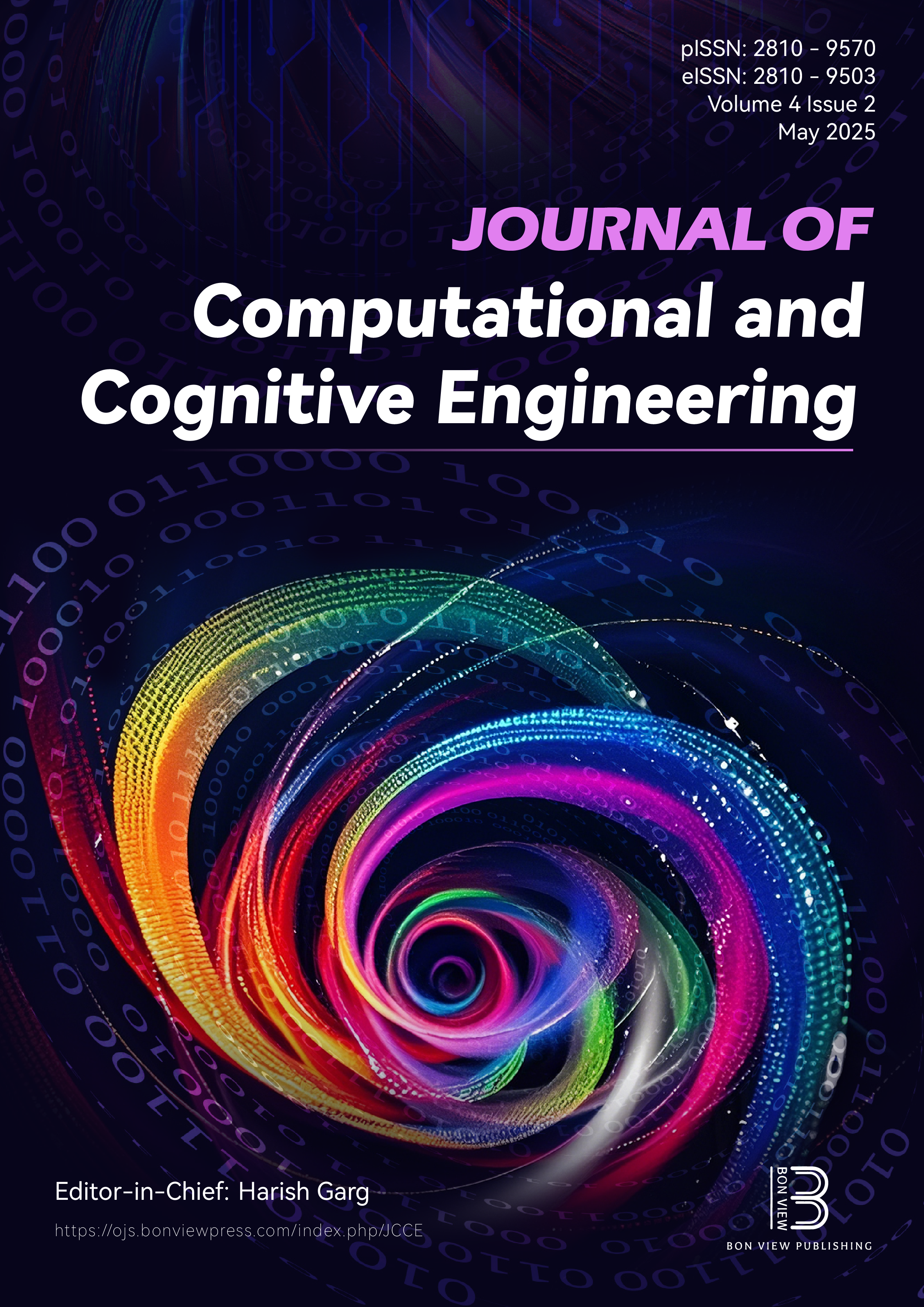Comparison Among Deep Learning Approaches and Biomarkers in Early Detection of Parkinson's Disease
DOI:
https://doi.org/10.47852/bonviewJCCE42023040Keywords:
Parkinson's disease (PD), artificial intelligence (AI), deep learning (DL), magnetic resonance imaging (MRI), cerebrospinal fluid (CSF) biomarkers, voice recordingsAbstract
Parkinson's disease (PD) is a chronic neurodegenerative disorder that is affecting millions of people worldwide. There is a lot of research reported on using different biomarkers and different deep learning (DL) approaches for the early detection of PD. However, there is no research reported on which biomarker is better suited when a specific DL model is used and vice versa. The current research is aimed at addressing this issue. We use two widely used DL-based methods, Autoencoder (AE)-based and Convolution Neural Network (CNN)-based, to find out which one is better suited for PD classification when imaging, voice, and cerebrospinal fluid (CSF) biomarkers are used for evaluation. Further, we explore which biomarker, among imaging, voice, and CSF, is better suited for PD classification when the AE-based approach and CNN-based approach are used for evaluation. Two variants of AE-based approaches, Sparse AE (SAE) and Stacked Sparse AE (SSAE), are implemented in this research. The biomarkers’ values are used from publicly available databases. Various experiments are conducted by using several performance parameters, and it is observed that (i) SSAE is better than SAE as well as CNN for the considered magnetic resonance imaging (MRI), CSF, and voice features, based on the average of all the performance parameters' values for training as well as for testing datasets, and (ii) MRI is better than CSF as well as voice features for the considered SAE, SSAE, and CSF frameworks, based on the average of all the performance parameters' values, for training as well as for testing databases: for training databases, these values are 91.83% for MRI features, 84.55% for voice features, and 74.88% for CSF, and for testing databases, these values are 96.53 % for MRI features, 92.08 % for voice features, and 85.51% for CSF.
Received: 7 April 2024 | Revised: 13 June 2024 | Accepted: 17 July 2024
Conflicts of Interest
The authors declare that they have no conflicts of interest to this work.
Data Availability Statement
The voice datasets that support the findings of this study are openly available at https://archive.ics.uci.edu/dataset/174/parkinsons. The MRI and CSF data that support the findings of this study are openly available in PPMI at https://www.ppmi-info.org.
Author Contribution Statement
Gunjan Goswami: Conceptualization, Methodology, Software, Validation, Formal analysis, Investigation, Resources, Data curation, Writing – original draft, Visualization, Project administration. Bhanu Prasad: Conceptualization, Methodology, Software, Validation, Formal analysis, Investigation, Writing – review & editing, Visualization, Supervision, Project administration.
Metrics
Downloads
Published
Issue
Section
License
Copyright (c) 2024 Authors

This work is licensed under a Creative Commons Attribution 4.0 International License.






